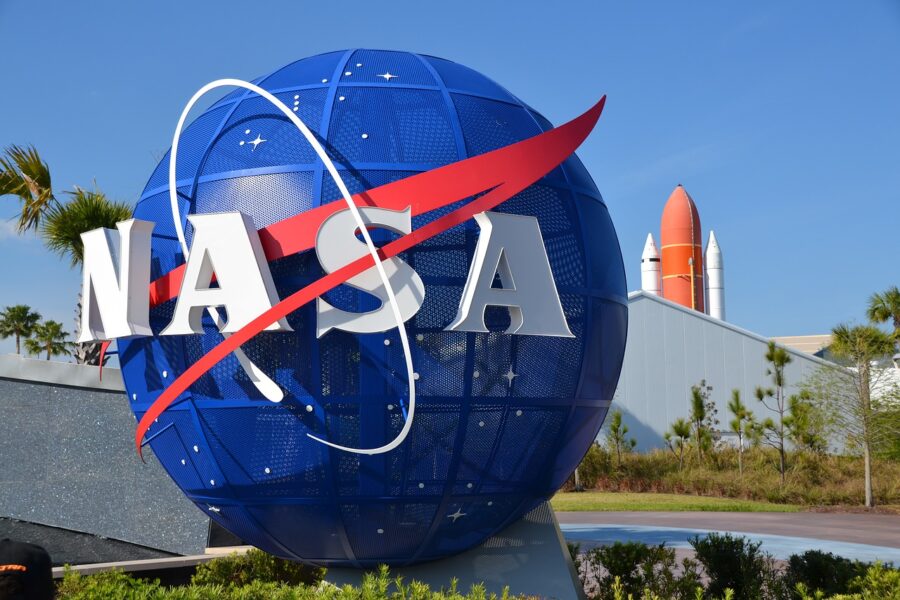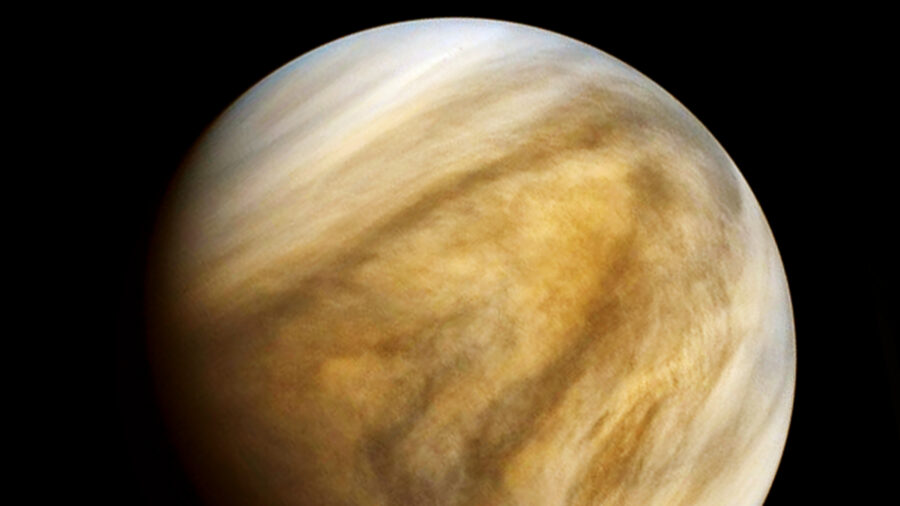The Next Planet NASA Is Headed To
NASA is headed somewhere it's never been. And it's going there twice.
This article is more than 2 years old

NASA has some big plans for future adventures and a timeline that may be ambitious. Venus is NASA’s next goal, and they plan on not just one, but two missions to the planet.
The new missions are called DAVINCI+ ((Deep Atmosphere Venus Investigation of Noble gases, Chemistry, and Imaging) and VERITAS (Venus Emissivity, Radio Science, InSAR, Topography, and Spectroscopy) and are a part of NASA’s Discovery Program.
Both missions have similar goals and that is to understand why and how Earth’s nearest neighbor became the inferno-like world we know it as today, given that it has shown to have had so many characteristics as our own planet. In fact, Venus may have been the very first habitable planet in our solar system that was also complete with oceans and an Earth-like climate.
NASA’s Discovery Program was put together in 1992 to give scientists the opportunity to go deep into their imaginations in search of new and unique ways to unlock the mysteries of our vast solar system. The advent of this program allowed scientific teams to come together and design exciting planetary missions to give us further knowledge of what’s out there.
In February 2020, NASA selected four possible groups, giving them $3 million each, to develop possible missions that could possibly take NASA anywhere in our solar system. On top of the two winners, DAVINCI+ and VERITAS, NASA gave Io Volcano Observer (IVO) and TRIDENT an opportunity to present their missions.
IVO would have explored Jupiter’s moon, Io, in an effort to learn how its tidal forces shape planetary bodies. Trident, on the other hand, would explore the deeper recesses of our solar system by heading to Neptune to explore the icy but highly active moon Trident. While these two missions were highly regarded, NASA decided that Venus would be next.

While both missions are aiming for the same planet, DAVINCI+ is taking on the Venus atmosphere as they try to understand just how it formed and then eventually evolved. DAVINCI also plans to head through Venus’ atmosphere to give precise measurements of its composition all the way to the planet’s surface.
VERITAS, on the other hand, aims to get a detailed map of the planet’s surface in order to determine Venus’ geological history. One of their many goals is to determine why, exactly, the planet developed so differently from our own. VERITAS plans on using a synthetic radar that will map the entire surface, charting elevations to create a three-dimensional reconstruction of the planet’s topography. They also are trying to find out if volcanism is still present and active on the planet.
In winning these two missions, DAVINCI+ and VERITAS will be receiving $500 million each from NASA to make their missions a reality. “We’re revving up our planetary science program with intense exploration of a world that NASA hasn’t visited in over 30 years,” Thomas Zurbuchen, NASA’s associate administrator for science, said via NASA. “Using cutting-edge technologies that NASA has developed and refined over many years of missions and technology programs, we’re ushering in a new decade of Venus to understand how an Earth-like planet can become a hothouse. Our goals are profound. It is not just understanding the evolution of planets and habitability in our own solar system, but extending beyond these boundaries to exoplanets, an exciting and emerging area of research for NASA.”
These two missions will have some company. NASA has also selected two technological demonstrations to fly along. The DAVINCI+ mission will be hosting the Compact Ultraviolet to Visible Imaging Spectrometer (CUVIS). This instrument makes high-resolution measurements of ultraviolet light surrounding Venus. Scientists are trying to determine the nature of an ultraviolet light absorber located in the atmosphere that takes up to half the incoming Venus solar energy.
VERITAS will be accompanied by the Deep Space Atomic Clock-2. This technology generates an ultra-precise clock that eventually will help in autonomous spacecraft maneuvers as well as enhancing radio science observations.
While all this news is exciting for future NASA space endeavors, NASA does not expect either of these missions to the “Lost Habitable” planet of Venus to take place until 2028-2030.
In the meantime, NASA has been seeing “red” and likewise giddy for their efforts. Just recently, NASA produced video footage of the Ingenuity Mars Helicopter which not only sent to Earth amazing views of the Red Planet but was also able to maintain its airborne status for nearly 40 seconds. Mars has always held a fascination for NASA and the world and now we are finally seeing what the planet is all about.
With NASA’s Mars mission ongoing, it should lead us right into the two Venus missions. Exciting times ahead.












